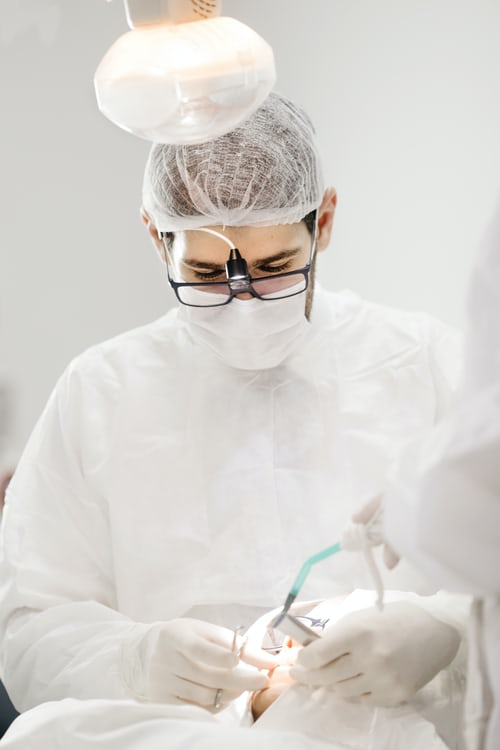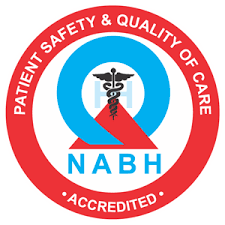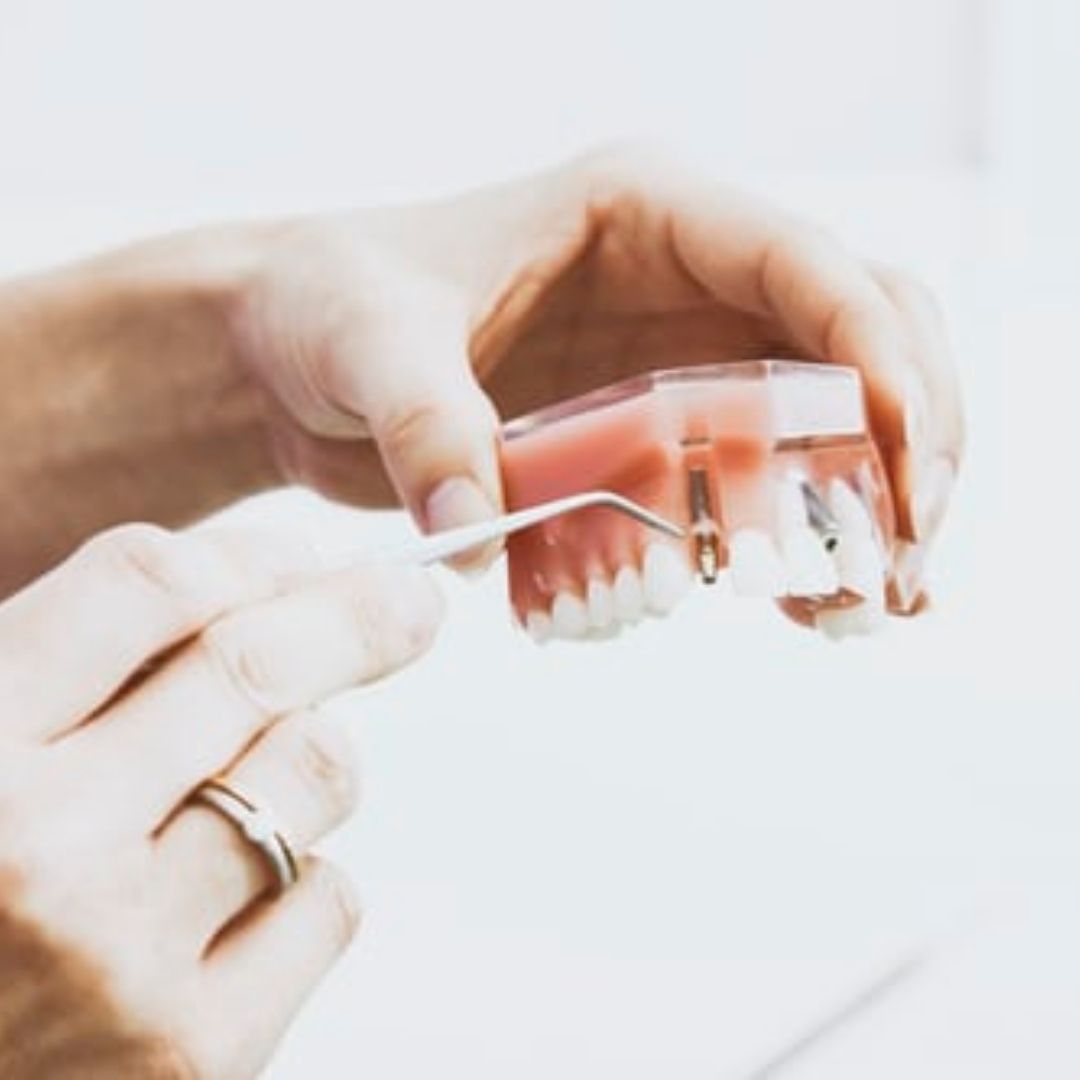Most Common Dental Problem – Pyria
You must’ve experienced aching tooth, bleeding gums, a thin film of a substance called plaque, and bad breath sometime in your life. All these conditions can be attributed to a single culprit called Pyria, the menace.
What Causes Pyria?
The Most Common Dental Problem – Pyria. The cause of plaque-induced Pyria is bacterial plaque, which acts to initiate the body’s host response. This, in turn, can lead to the destruction of the gingival tissues, which may progress to the destruction of the periodontal attachment apparatus. The plaque accumulates in the small gaps between teeth, in the gingival grooves, and in areas known as plaque traps: locations that serve to accumulate and maintain plaque.
Examples of plaque traps include bulky and overhanging restorative margins, clasps of removable partial dentures, and calculus (tartar) that forms on teeth. Although these accumulations may be tiny, the bacteria in them produce chemicals, such as degradative enzymes, and toxins, such as lipopolysaccharide (LPS, otherwise known as endotoxin) or lipoteichoic acid (LTA), that promote an inflammatory response in the gum tissue.
This inflammation can cause an enlargement of the gingiva and subsequent formation. Early plaque in health consists of a relatively simple bacterial community dominated by Gram-positive cocci and rods. As plaque matures and gingivitis develops, the communities become increasingly complex with higher proportions of Gram-negative rods, fusiform, filaments, spirilla, and spirochetes. Later experimental gingivitis studies, using culture, provided more information regarding the specific bacterial species present in plaque.
Taxa associated with gingivitis included Fusobacterium nucleatum subspecies polymorphism, Lachnospiraceae [G-2] species HOT100, Lautropia species HOTA94, and Prevotella oulorum (a species of Prevotella bacterium), whilst Rothia dentocariosa was associated with periodontal health. Further study of these taxa is warranted and may lead to new therapeutic approaches to prevent periodontal disease.

The Risk Factors
Risk factors associated with Pyria include the following:
- Poor oral hygiene
- Age
- Deficiency in Vitamin C & D
- Pre-existing conditions such as diabetes
- Genetic factors
Symptoms
- Swollen gums
- Bright red or purple gums
- Gums that are tender or painful to the touch
- Bleeding gums and/or bleeding after brushing and/or flossing
- Bad breath
Prevention
Pyria can be prevented through regular oral hygiene that includes daily brushing and flossing. Hydrogen peroxide, saline, alcohol or chlorhexidine mouthwashes may also be employed. In a clinical study, the beneficial effect of hydrogen peroxide on gingivitis has been highlighted. The use of oscillation type brushes might reduce the risk of gingivitis compared to manual brushing.
Rigorous plaque control programs along with periodontal scaling and curettage also have proved to be helpful, although according to the American Dental Association, periodontal scaling and root planing are considered as a treatment for periodontal disease, not as a preventive treatment for periodontal disease. In a 1997 review of effectiveness data, the U.S. Food and Drug Administration (FDA) found clear evidence showing that toothpaste containing triclosan was effective in preventing Pyria.
Stay in touch for updates at – https://www.instagram.com/saideephealthcareofficial/



very nice post thank you